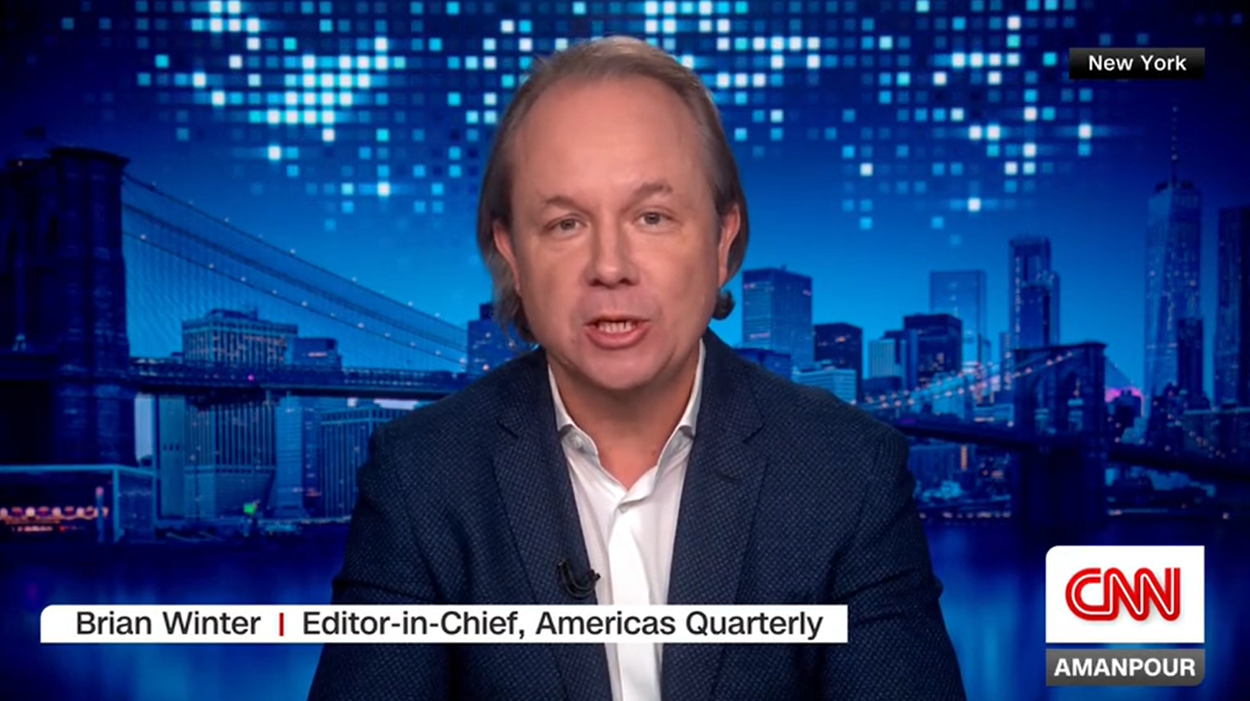At APEC, Latin America Courts Asia-Pacific Trade
At APEC, Latin America Courts Asia-Pacific Trade
During the 2011 summit, Peru and Chile focused on expanding bilateral ties with Asian counterparts, while the United States pushed forward with the Trans-Pacific Partnership free trade negotiations.
At the Asia-Pacific Cooperation (APEC) summit in Honolulu over the weekend, an economic forum of 21 Pacific Rim countries that includes Chile, Mexico, and Peru, Secretary of State Hillary Clinton stressed the growing strategic importance of the Asia-Pacific region as a hub of future international trade and growth. As part of these growing priorities, President Barack Obama pledged his support for the Trans-Pacific Partnership (TPP), a group of nine countries, including Chile and Peru, negotiating for an Asia-Pacific free-trade area. Canada, Japan, and Mexico also demonstrated interest in joining of the TPP, giving the pact a welcome boost and added economic clout. Though not an official APEC agreement, the Partnership could be a forerunner to APEC’s Free Trade Area of the Asia Pacific (FTAAP), an even larger free-trade agreement encompassing all APEC countries, that currently represent 54 percent of the world’s GDP and 44 percent of global trade.
Active among Latin American participants was Peru, whose delegates focused on wooing investors and building relationships with their counterparts at the summit. President Ollanta Humala held bilateral meetings with the heads of state of Canada, China, Japan, Russia, the United States, and Vietnam, underscoring Peru’s role as a “gateway country” into Latin America for Asia. Asian ties have become increasingly important for Peru’s economy, and the country’s trade with three APEC countries—the Philippines, South Korea, and Thailand—increased in each case by 140 percent or more this year. Trade between Peru and Russia has also grown exponentially, reaching $360 million this year, a 70 percent increase on 2010. Humala discussed expanding trade, specifically in the areas of hydrocarbons, mining, aviation, and railroad and port infrastructure with his Russian counterpart Dimitri Medvedev. The APEC Organizing Committee also honored Peru, as well as Vietnam, for having the fastest growing economies in the Pacific Rim this year.
Peru signed two bilateral agreements on the sidelines: one with China, to create sports exchanges between the two countries, and an air transport accord with Vietnam to create more flights and expand tourism, business travel, and cargo shipments between the two countries.
During his meeting with Humala, Obama acknowledged Peru’s landmark social inclusion programs, including the new social inclusion ministry, conditional cash transfer programs, and senior-citizen pensions. The two leaders also discussed regional security challenges—Peru is now the world’s largest cocaine producer and a front in the battle against drug trafficking. As part of a push for more U.S. investment, Humala also met with 35 investors from the U.S APEC Business Coalition, touting his country’s robust growth.
Chile also forged ahead with its own bilateral trade agendas on the sidelines. The country signed its sixtieth free-trade agreement, inking a deal with Vietnam that will remove tariffs from 73 percent of exports between the two markets: Chilean exports to Vietnam valued $231 million last year, a 40 percent increase on the previous year. Chile’s next Asian free-trade agreement will be with Thailand; negotiations began in April, and leaders hope to sign the deal next year.
While Latin American leaders worked to build on bilateral relationships and increase foreign investment, the focus of this year’s summit was largely on U.S.-Asia ties and U.S. efforts to rally APEC members around the TPP. According to Council of the Americas Vice President Eric Farnsworth, Japan’s entrance into TPP “adds critical mass for the Asia Pacific community and offers huge promise, but could also immensely complicate the negotiations, especially in agriculture.” But given the U.S. focus on Asia, APEC’s three Latin American countries may have to increase their efforts to carve out larger roles as TPP negotiations move ahead. “One hopes the United States will also become a much stronger advocate for Latin America within the APEC and TPP context, but prospects for that are not promising,” Farnsworth says. But judging from the Chilean and Peruvian strategies, bilateral accords may prove an easier way to attract new investment and expand exports to Asia.
Learn more:
- Information on the TPP from the U.S. Trade Representative
- APEC’s 2011 website
- TPP overview from New Zealand Ministry of Foreign Affairs
- Reuters factbox: key issues at APEC 2011
- Americas Quarterly Web Exclusive about Costa Rica’s APEC ambitions
- A complete list of Chile’s free trade agreements, from the Chilean Ministry of Foreign Relations
- A list of Peru’s trade agreements, from the Peruvian Ministry of Foreign Relations
- An interview with COA’s Eric Farnsworth on Asia-Latin America ties








